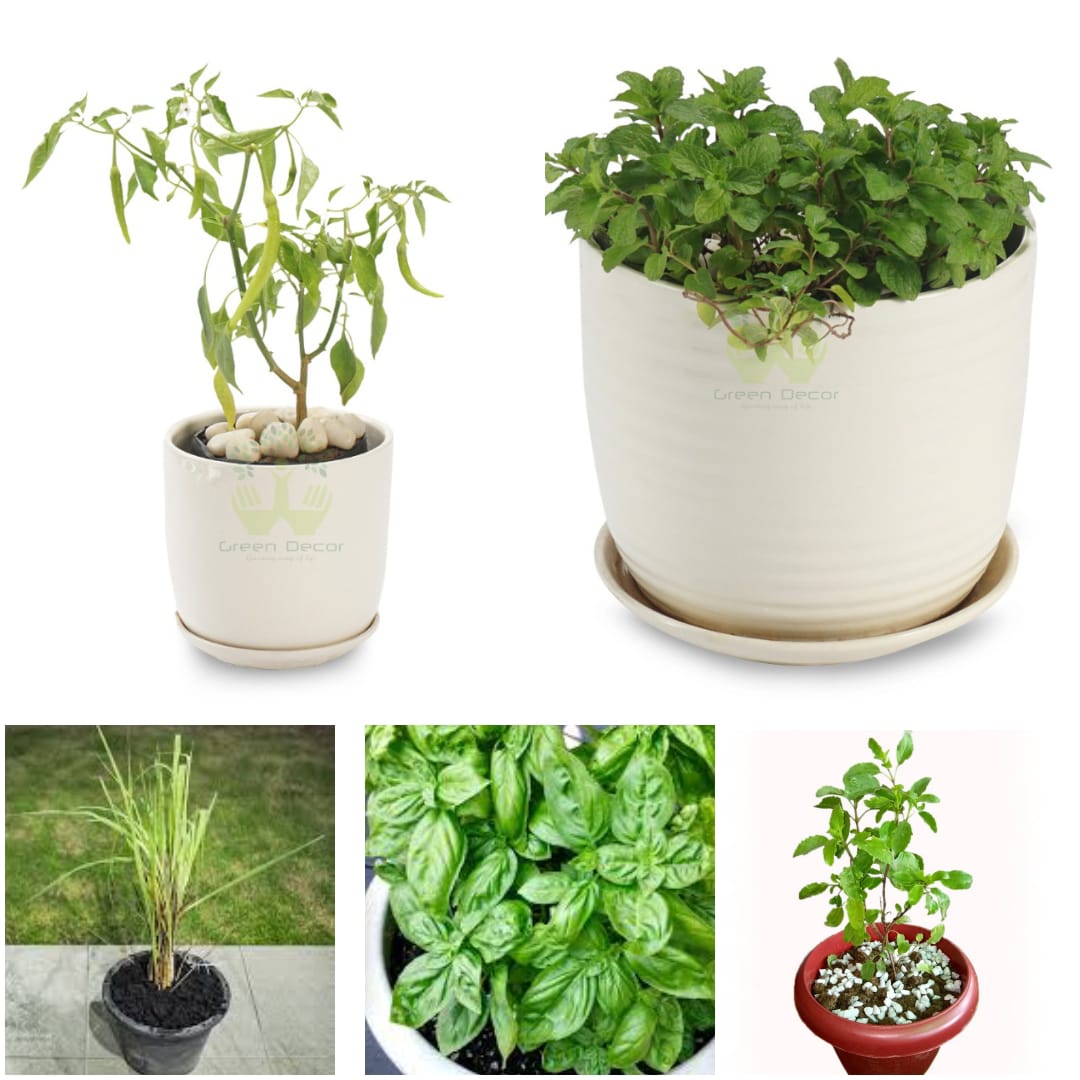- About Lemon Gras..
- How To Grow Lemon Gras..
- Benefits of Lemon Gras..
- Maintenance Tips
- Shipping Info
Lemongrass is a thick, tropical and long grass that is native to India and an important ingredient in the Asian cuisine. Its thin, grass-like, grey-green leaves grow up to 6 feet in the tropics, and about 3 feet in more northerly climates.
Soil Need
Loamy Soil
Fertilizer (type)
All Purpose Fertilizer
Growth Pattern
Moderate
Pruning
Every Month
Re-Potting
Every 3-4 Month
Process :
- If your plants do not have roots, trim off the top couple of inches of leaves and remove any outer leaves that have expired.
- Place the bulb in a glass of water, in a sunny place, for a couple of days to allow roots to form.
- When roots have grown 1-2 inches, you can plant the bulbs into your garden.
- It is best to plant lemongrass in the spring after the last frost and the ground has started to warm.
- Place the bulb into the soil only up to the widest part of the bulb.
- Pat the soil to firm it around the bulb.
- Water thoroughly after planting.
- Fertilization is usually not necessary, but if you choose to fertilize, use an organic fertilizer since you will be eating the plant.
- Continue to water regularly. Ideally, the soil should be kept moist but not wet.
- Remove any weeds in the area.
- Helps digestion
- Reduces arthritis pain
- Heals cold and flu
- Cleanses and Detoxifies
- Controls cholesterol levels
- Fights cancer
Do's
- Provide a steady supply of moisture for best growth
- Don't let lemongrass roots dry out.
- Allot a large enough space for your lemongrass that it won't crowd out the other plants.
Don'ts
- Do not allow the water to pool in the soil.










